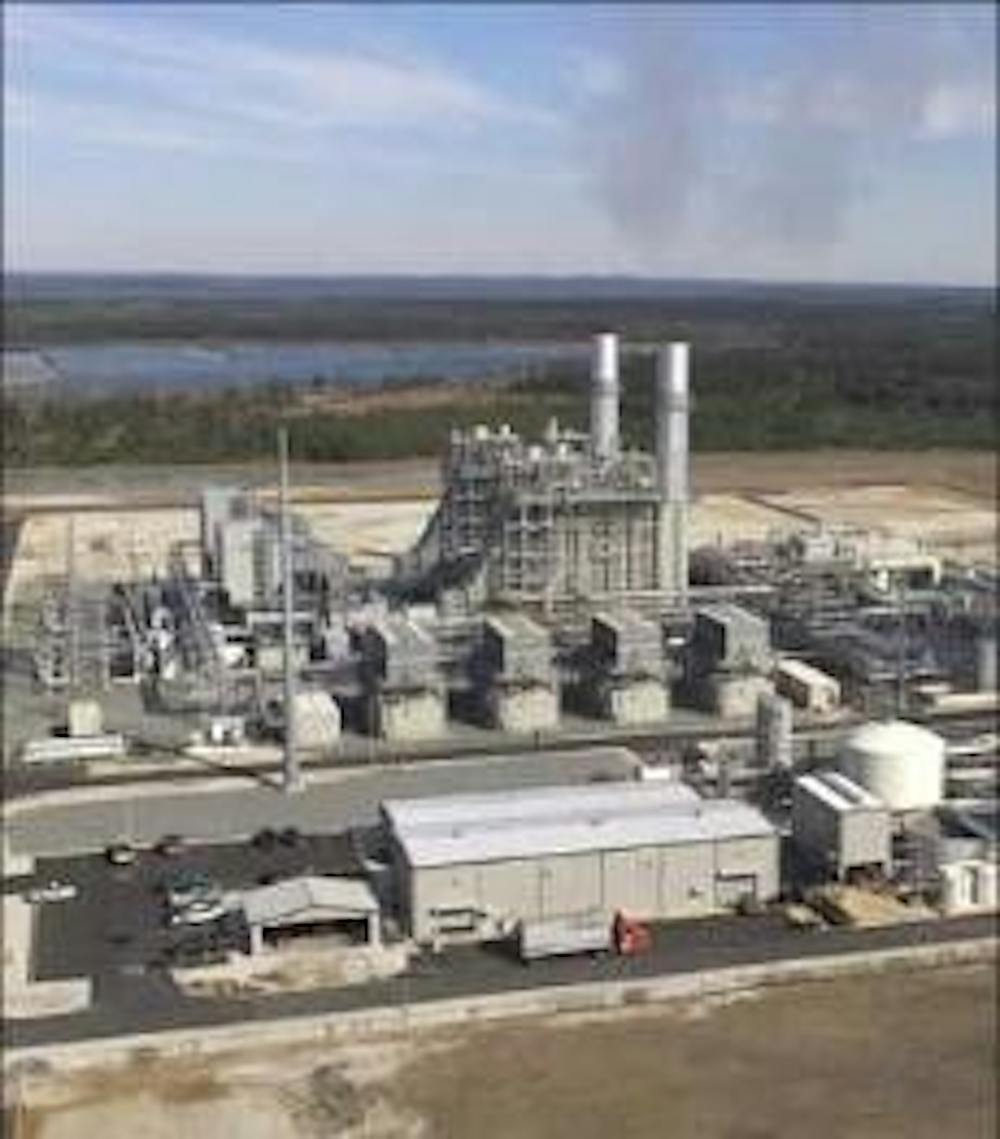
The Public Utilities Commission of Ohio will review an agreement reached by the Ohio Consumers' Counsel regarding a rate increase for Duke Energy March 11.
Ohio electricity consumers who use Duke Energy may see a rate increase if the Public Utilities Commission of Ohio (PUCO) approves of it in a March 11 hearing.
An agreement was reached Jan. 28 between Duke Energy and the Ohio Consumers' Counsel regarding the natural gas distribution rate increase.
The Ohio Consumers' Counsel, which represents consumer utility interests, worked with Duke Energy on an $18.2 million rate increase, said Anthony Dill, public information specialist from the Office of the Ohio Consumers' Counsel.
Duke Energy's original request was to increase their rates by 5 percent, or $31.4 million, he said. Dill said that the $18.2 million is almost a 50 percent decrease from the original proposition.
Matt Butler, communications chief for the PUCO, explained that Duke Energy is responsible for 426,000 natural gas customers in Ohio and is the third largest natural gas utility company in Ohio.
PUCO has to approve this settlement before it will go into effect, according to Dill.
Dill said that Duke Energy's desire to increase its base rates means that the change will only be seen in the amount of money it costs the company to physically transport gas to a person's home. It does not include the actual cost of the gas, which makes up 80 percent of the overall cost.
Butler explained how each utility company in Ohio is, by law, guaranteed a rate of return, which is defined as the ratio of money gained or lost in an investment relative to the amount that was invested.
"This basically means that they are guaranteed to recover their costs at a reasonable profit, so as long as their request falls within those parameters; but usually their rates are not typically approved," Dill said. "There is usually some modification to that but they are guaranteed to recover their losses by law."
Dill said the initial rates are usually not approved because the requested increase is typically viewed as too much by the Ohio Consumers' Council. Therefore, a compromise must be reached.
Enjoy what you're reading?
Signup for our newsletter
James Brock, Miami University professor of economics, said that experimenting with deregulating electricity has led to Duke Energy's current desire to increase their rates.
"About five or six years ago, Ohio was one of the states who wanted to try out deregulating electricity," Brock said. "The deal was to encourage competing electrical companies to compete for customer accounts, which would result in lower prices for everyone. So they ordered companies like Duke to lower prices and keep them set, and (then) see if other companies would enter the market ... and compete."
Brock said this was not a good idea because while electric companies have lowered prices and haven't changed them for five or six years, the expected competition never developed. Now companies such as Duke Energy want to raise their energy rates again, but in a way that Brock said is too rapid for customers to handle.
"If Duke (returns to their former rates) all at once, electric rates will go up a lot," Brock said. "If PUCO requires Duke to recover their costs with prices spread out over a larger amount of years, the rate increase for consumers will be more gradual."
Butler explained the effect that this rate change will have on the average consumer.
"An average customer with 80,000 cubic feet of gas per year, on an annual bill the average would increase roughly 2 percent on the first bill and 6.2 percent on the second," Butler said. "The company had (originally) asked for 4 percent in the first year and 5.8 percent in the second."
While the Ohio Consumers' Counsel and Duke Energy have agreed on the rate increase, Dill said there still remains a disagreement on how this money will be charged to customers.
"So they're looking at how they're going to increase (the money), either through an increase on fixed rates or doing it on a volumetric basis, which is basically (based on) how much natural gas you use," Dill said.
Brock explained what this rate modification means for consumers.
"The prices of food and oil are going up and adding in the prices of power, (it) is going to be a real hardship for people," Brock said. "But at the same time, the company has costs of generating electricity, so they have to charge a cost to earn a profit and to stay in their operations."
He said that it is necessary for both of these considerations to be taken into account. Butler said that this rate change is ultimately beneficial for the consumer in the long run because much of the money that the company recovers will be reinvested back into Duke's infrastructure.
There have been several public forums held by PUCO to discuss Duke Energy's proposal, the last of which was held Feb. 21.
Butler said members of the public are given the opportunity to provide feedback at these forums.
Butler said that once the hearing is held, the staff at PUCO will issue a report and a case will be ruled on all the evidence to approve or reject the rate increase. The hearing is scheduled for March 11 in Mason, Ohio.




